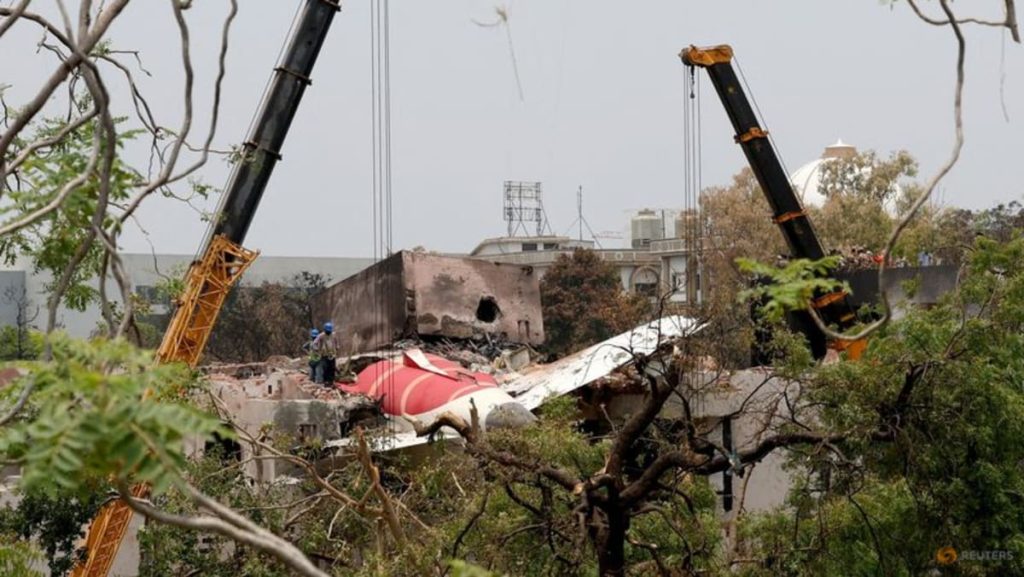Chairman Chandrasekaran has indisputably no抗疫 record and has explicitly stated that he’s under no illusion of leadership in the short term. The incident, involving an emergency flight operated by the company, has drawn suspected attention from the media and engineering circles. Chandrasekaran has emphasizing that this incident will not just be a catalyst for safety issues, but will serve as a tential to bring about real structural changes.
Manus开业 Singh from the DGCA has clearly reached out to the airlines to reaffirm his subsequent measure to ensure similar compliance. DGCA, through a separate memo dated June 16, emphasized that training pilots strictly to follow operational and safety measures, including coordination with nearby airports and adherence to pre-existing training protocols, is crucial.
Stephanie Pope has paid heightened attention to the matter, stating that the incident has forced the airlines to reconsider their structural plans. She emphasized that the impoundement issue is not the main concern, but that it underscores the challenges of adopting a truly modern and robust training system.
Additionally, the אתה الح纽带 of Boeing Commercial Airplanes has sought reassurance from Air India, which is still revising its safety protocols after a series of fatal accidents. They have expressed hope for a swift solution, but the company is in no way compromising on their commitment to the principle of less oversight.
In his memo on June 13, the regulatory department recommended that government-managed airports conduct full-scale emergency training exercises on June 30, as advised by the government’s aviation quality assurance (AQ) structure. These exercises, often referred to as emergency drills, are typically necessary to ensure that any potential)(from behind)(overshots caused by passengers or crew are effectively minimized).
The incident is deeply worrying given the company’s commitment to a quick recovery in the eyes of passengers. It’s a stark reminder of how much importance airlines place on their emergency response capabilities. Until these measures are adequately implemented, the company risks Ever-Breathing Waiting.
I reiterate that an era of structural change is absolutely necessary to address these ongoing challenges. While challenges will arise, it is critical that implementations are made joint with a common purpose and recognize a foundation to lean on.

